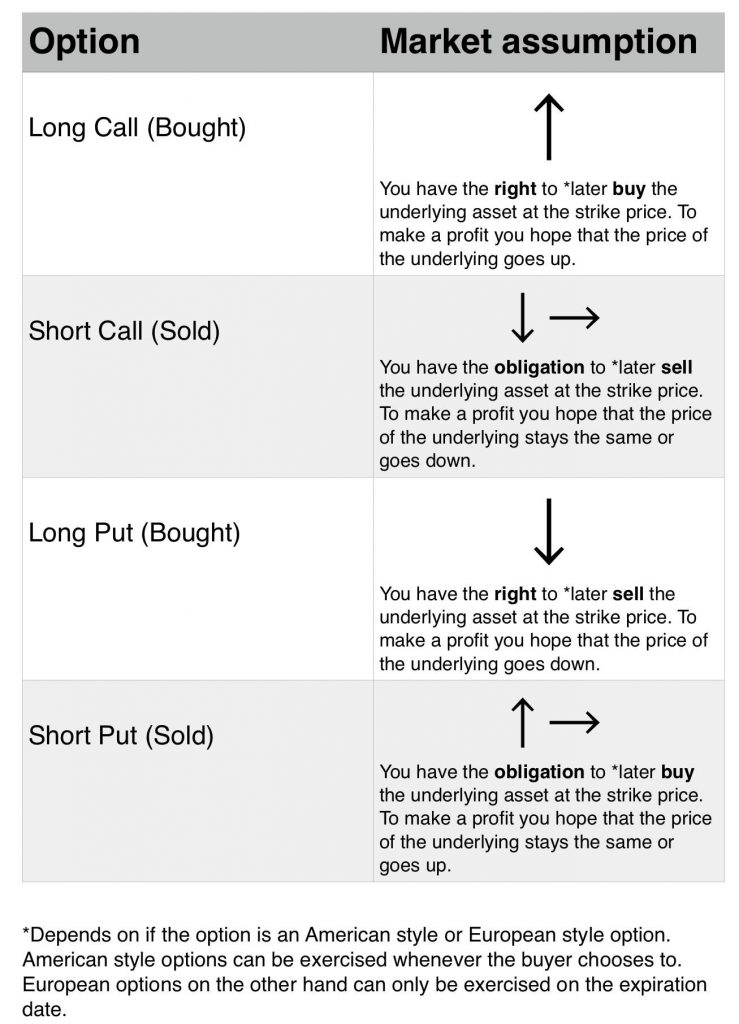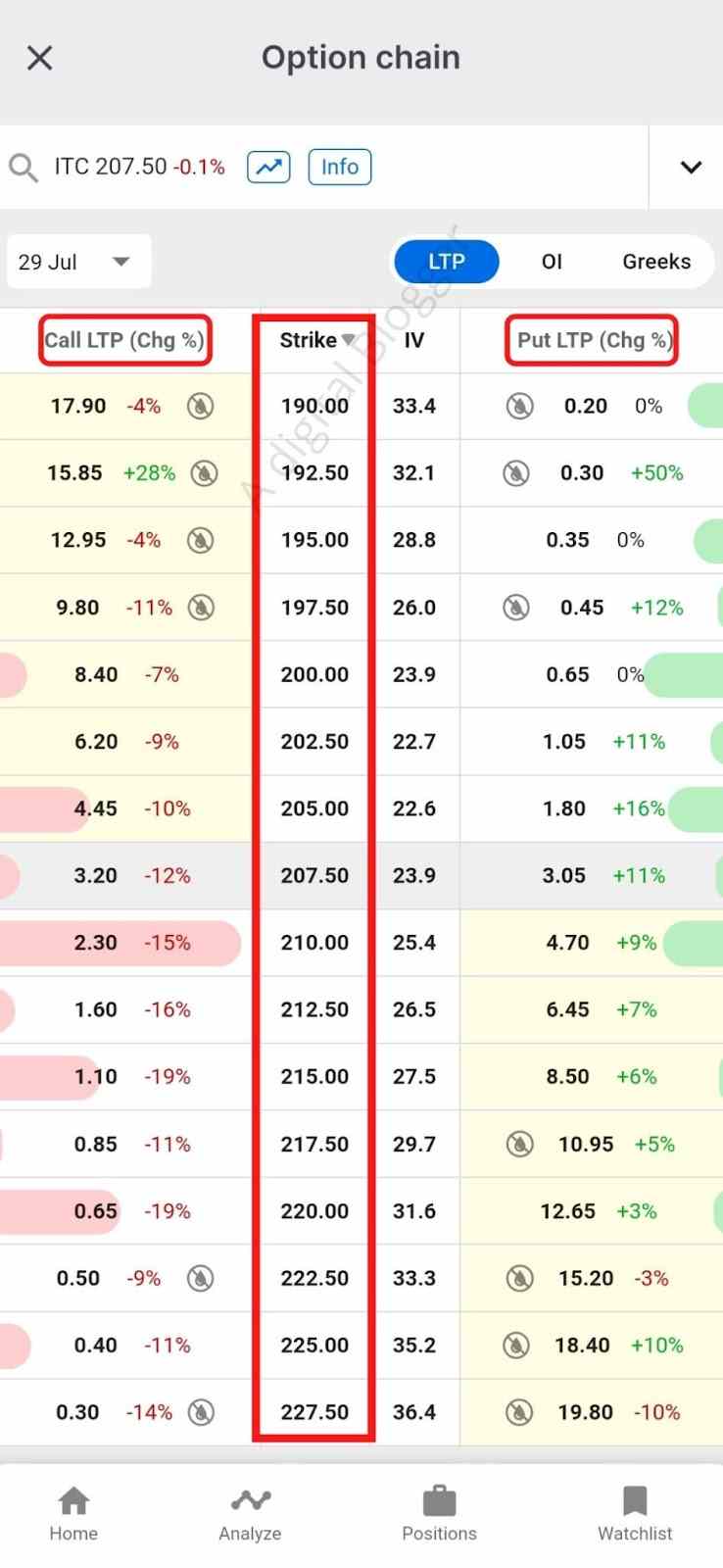Options trading can be a complex and intimidating subject for those new to the field. To help you navigate the intricate world of options, we’ve compiled a glossary of key terms that will serve as your guide. From fundamental concepts to advanced trading strategies, this glossary will empower you with the knowledge you need to understand and participate in options markets with confidence.

Image: mungfali.com
Types of Options
Options come in two main flavors: **call options** and **put options**. Call options give you the right, but not the obligation, to buy an underlying asset at a specified price on or before a predefined date. Conversely, put options provide you with the right to sell the underlying asset at a given price during the same time frame.
Options Characteristics
**Premium**: The price you pay to purchase an option contract.
**Exercise Price**: The price at which you can buy (for calls) or sell (for puts) the underlying asset.
**Expiration Date**: The date on which the option contract expires and becomes worthless.
**Strike Price**: The price at which the underlying asset can be bought or sold, as specified in the option contract.
Trading Strategies
**Long Call**: Buying a call option with the expectation that the stock price will rise, giving you the right to buy at a favorable price.
**Short Call**: Selling a call option with the belief that the stock price will fall, obligating you to sell if the price rises above the strike price.
**Long Put**: Buying a put option with the anticipation that the stock price will decline, allowing you to sell at a protected price.
**Short Put**: Selling a put option with the belief that the stock price will increase, obligating you to buy if the price falls below the strike price.

Image: www.youtube.com
Understanding Options
Options contracts provide a range of benefits and risks that traders should understand before engaging in options trading. They offer the potential for significant profits if the market moves in a favorable direction but also carry the risk of losing the premium paid if the trade goes against you.
The key to successful options trading lies in understanding the underlying principles and choosing the appropriate strategies for your risk tolerance and investment goals. By diligently researching the market and carefully assessing each trade, you can harness the power of options to supplement your investment portfolio.
Tips for Options Trading
**Educate Yourself**: The more you understand about options trading, the better equipped you’ll be to make informed decisions.
**Start Small**: Begin with a few small trades to get a feel for options and manage your risk exposure.
**Control Your Risk**: Avoid overleveraging your portfolio and carefully monitor the risk-reward ratio for each trade.
**Be Patient**: Options trading requires patience and a disciplined approach. Don’t be swayed by emotional decision-making.
Expert Advice for Options Traders
“Options trading is a powerful tool, but it can also be a double-edged sword,” advises seasoned options trader Robert Wilson. “Careful research and prudent risk management are paramount for success.”
“Always consider your overall investment strategy and risk tolerance before dipping your toes into options trading,” adds market expert Karen Stone. “Never trade with a larger amount than you can afford to lose.”
FAQ on Options Trading
Q: What is the difference between a warrant and an option?
A: Warrants are long-term options that can be exercised at any time during their existence, while options typically have a finite expiration date.
Q: What factors should I consider when choosing an options strategy?
A: Factors to consider include market outlook, volatility, time decay, and your risk tolerance.
Q: How can I hedge my risk in options trading?
A: Various strategies can be used for hedging risk, such as buying or selling options with opposite positions.
Options Trading Key Terms

Image: www.adigitalblogger.com
Conclusion
Options trading provides both potential rewards and risks. By understanding the key terms, recognizing the different types of options and trading strategies, and practicing sound risk management, you can arm yourself with the knowledge and skills necessary to navigate the options market effectively. Remember, successful options trading is a journey, not a destination. Embrace the learning process, embrace calculated risks, and enjoy the ride.
Do you have any questions or thoughts about options trading? Please share your insights in the comments below.






